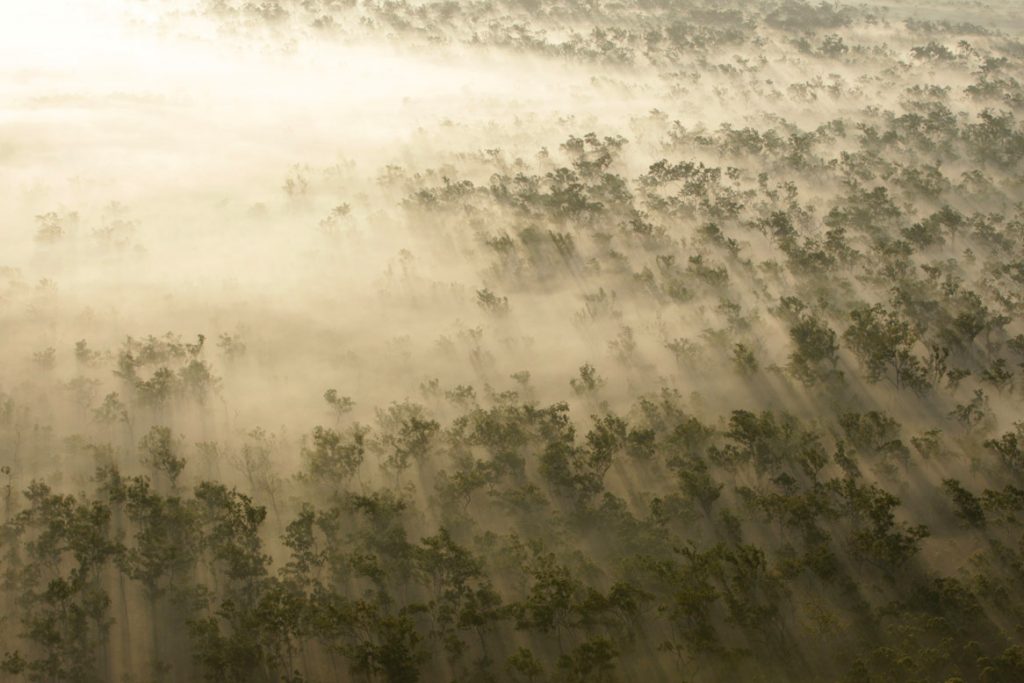The history of art in the Yirrkala region

The art of the Yirrkala region has been developing an appreciative audience since the township was founded as a mission in 1935. Work from Yirrkala was amongst the earliest commercial Aboriginal art marketed by Methodist Overseas Mission.
There is strong evidence to suggest that the art emerging from Yirrkala in the mid 1950s was a catalyst in the non-Aboriginal art world’s realisation that Indigenous Australian art is a unique and profound independent art tradition – the equal of any other global form.
Further, the artists of Yirrkala were amongst the first Indigenous Australians to recognise the potential use of visual art as a political tool and put this into practice with the now famous Yirrkala Church Panels (on display in our museum) and Yirrkala Bark Petition (currently on display at Parliament House in Canberra) dating from 1963, also the Wukiḏi Installation in The NT Supreme Court, Darwin and the Saltwater Collection in the Australian National Maritime Museum.
When government policy shifted and self-determination came to communities in Arnhem Land, the artists saw the establishment of a community controlled art centre as critically important to further their economic independence, cultural security over sacred designs, and to maintain political and intellectual sovereignty. Yolŋu culture is based on a strong sense of connection to land and sea.
Yirrkala is ancestral land belonging to the Rirratjiŋu/Gumatj clans. Yolŋu have traded and intermarried with Macassans since c.1100-1600 AD. In 1935 when the Federal Government was considering a ‘punitive expedition’ (massacre) against the Yolŋu, Mawalan Marika invited the missionary Wilbur Chaseling to establish a mission at Yirrkala.
In the following years the leadership of the Yolŋu resisted their dispossession by: government; missionaries; potential Japanese invasion; and Bauxite miners. In addition to the Yirrkala Church Panels and Yirrkala Bark Petition, they have used their art to assert their connection to land in; the Gove Land Rights Case; the Woodward Royal Commission; the Barunga Statement; the Yirrkala Homeland Movement; the Land Rights Act (NT) 1976; the Both Ways education bilingual curriculum; and the world renowned contemporary music band Yothu Yindi.
“Under Yolŋu Law the ‘Land’ extends to include sea.”
In recent years the Garma Festival and Wukiḏi Ḻarrakitj Installations have used miny’tji to continue to rebut the myth of ‘Terra Nullius’ (that Australia was ‘unoccupied country’ before colonisation). Under Yolŋu Law the ‘Land’ extends to include sea. Both land and sea are connected in a single cycle of life for which the Yolŋu hold the songs and designs.
To demonstrate their rights and responsibilities over specific areas of both coast and sea and to protect those same marine environments from abuse by outsiders the landowners combined to make the Saltwater Collection of Yirrkala Bark Paintings of Sea Country in 1997.
The Collection of 80 bark paintings made by 47 Yolŋu artists is featured in a publication of the same name. After a national tour (1998-2001) the Saltwater Collection is now held at the Australian National Maritime Museum in Sydney. It formed part of the Yolŋu legal case for recognition of these rights. After a lengthy court case which went through every level of the court system the High Court determined in 2008 that the Yolŋu were the owners of sea estates covering Aboriginal land.
